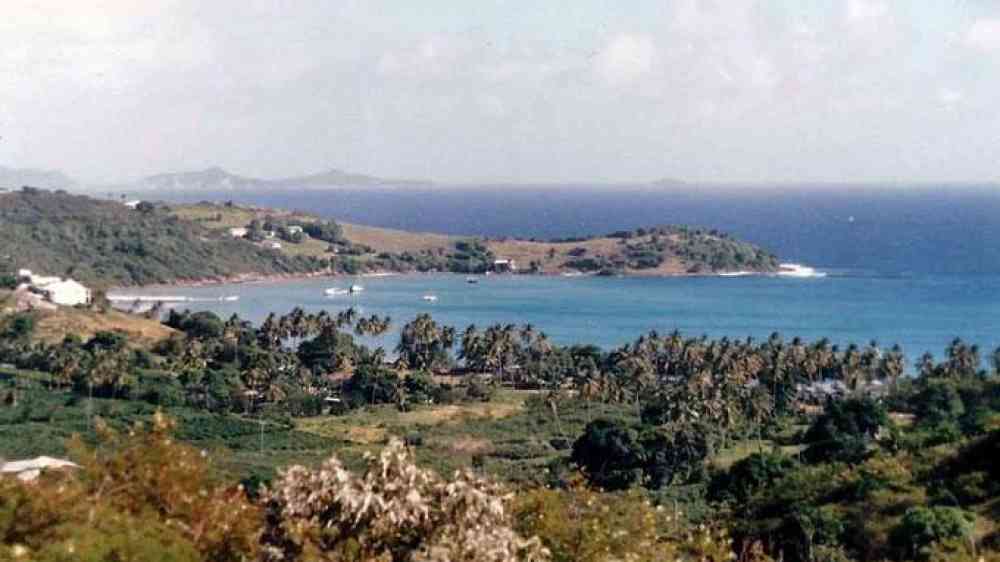Mapping communities by vulnerabilities in St. Vincent and the Grenadines

By Marc Belanger
When it comes to building community resilience, different communities have different vulnerabilities and needs that cannot be addressed with uniform solutions. Taking stock of these different needs to inform national action plans for disaster risk reduction is an integral component of Comprehensive Disaster Management.
Recognising the need to partner with communities in fortifying resilience, the St. Vincent and the Grenadines Red Cross hosted a workshop on local level vulnerability mapping of communities, in partnership with the Caribbean Disaster Emergency Management Agency (CDEMA), the European Commission for Humanitarian Aid and Civil Protection (ECHO), the National Emergency Management Organisation (NEMO), Red Cross Caribbean Disaster Risk Management Reference Centre (CADRIM) and the International Federation of Red Cross and Red Crescent Societies (IFRC) from February 23rd to February 26th 2016 in Kingstown, St. Vincent and the Grenadines.
The accurate and strategic identification communities by needs is at the heart of this workshop, which will specifically address the Strategic Targeting Methodology (STM). The STM is a tool designed for organizations to improve their process in selecting communities for their programs and projects through carefully designed criteria that reduce external influences and focus on the communities by their needs and vulnerabilities. Developed in 2011, the STM is an excellent resource to help strengthen the coordination between disaster risk reduction organizations, public authorities, academia, the Red Cross/Red Crescent movement and other sectors as it is an opportunity for multiple stakeholders to work together to respond to the needs of communities in a targeted manner. A set selection criteria and methodology to identify the most vulnerable communities provides transparency in the process of selecting these communities. Once a national listing of communities is completed, a national map of needs can be made in order to inform future programming.
Stakeholders learned about the tool and the process at this workshop, mapping past and current community resilience actions in St Vincent and the Grenadines. The goal was to begin framing a national community resilience action plan and measurable indicators in order to properly gauge the impact of the action plan. Several national organisations were invited to participate in order to account for the many different roles required in taking comprehensive national action, including the Ministry of Transport and Works, the Ministry of National Mobilisation, the Ministry of Education, the Ministry of Health, the Ministry of Agriculture, the Ministry of National Security and the Royal St. Vincent and the Grenadines Police Force, among others.
“Through the application of the Strategic Targeting Methodology, we want to ensure a deeper understanding of the national risk, the number of communities and how they are prioritised in terms of their risk. It’s about assessing the logistic needs and capacities in the region to determine the best approach for community based disaster risk management, as well as identifying standards for rapid response and legislative gaps. While some of these outcomes may not all necessitate community based activities, they will lead to tangible institutional agreements and analysis” says Ms. Tamara Lovell, Regional Disaster Management Coordinator for IFRC and Acting Coordinator for CADRIM.
Through focus groups, plenary sessions and a community field visit to verify results, the workshop attendees had ample space and material for discussion on developing a common system for targeting and reporting on community risk reduction action among partners and how it could eventually work, including the identification of roles and responsibilities.